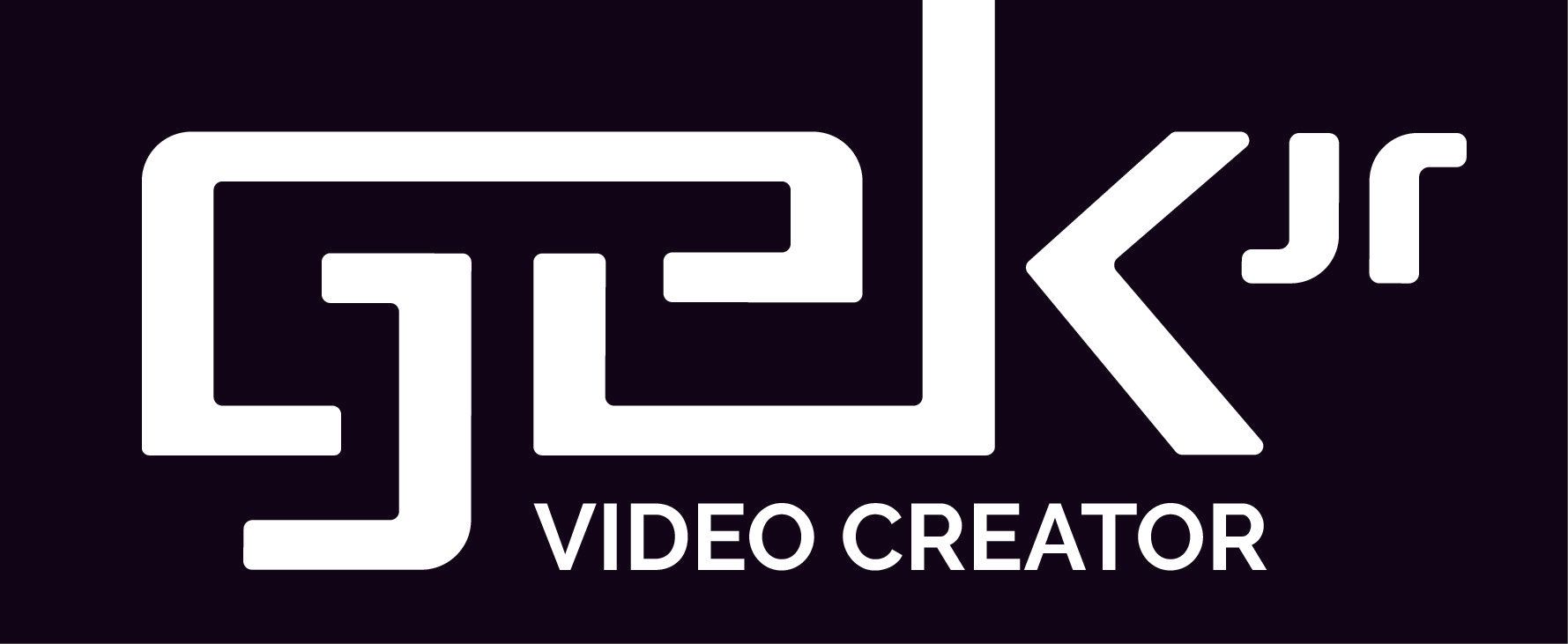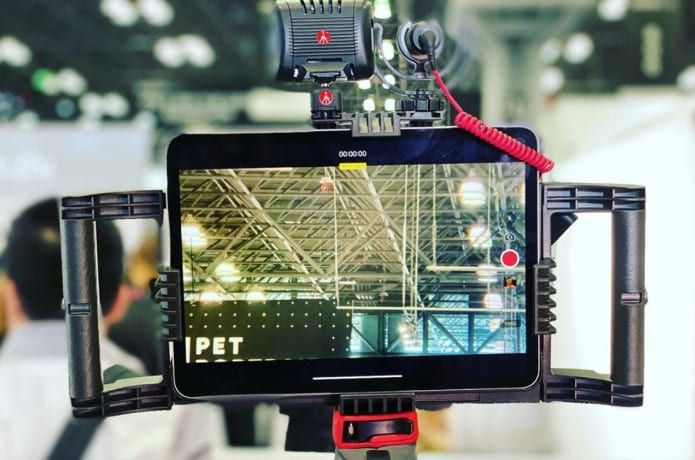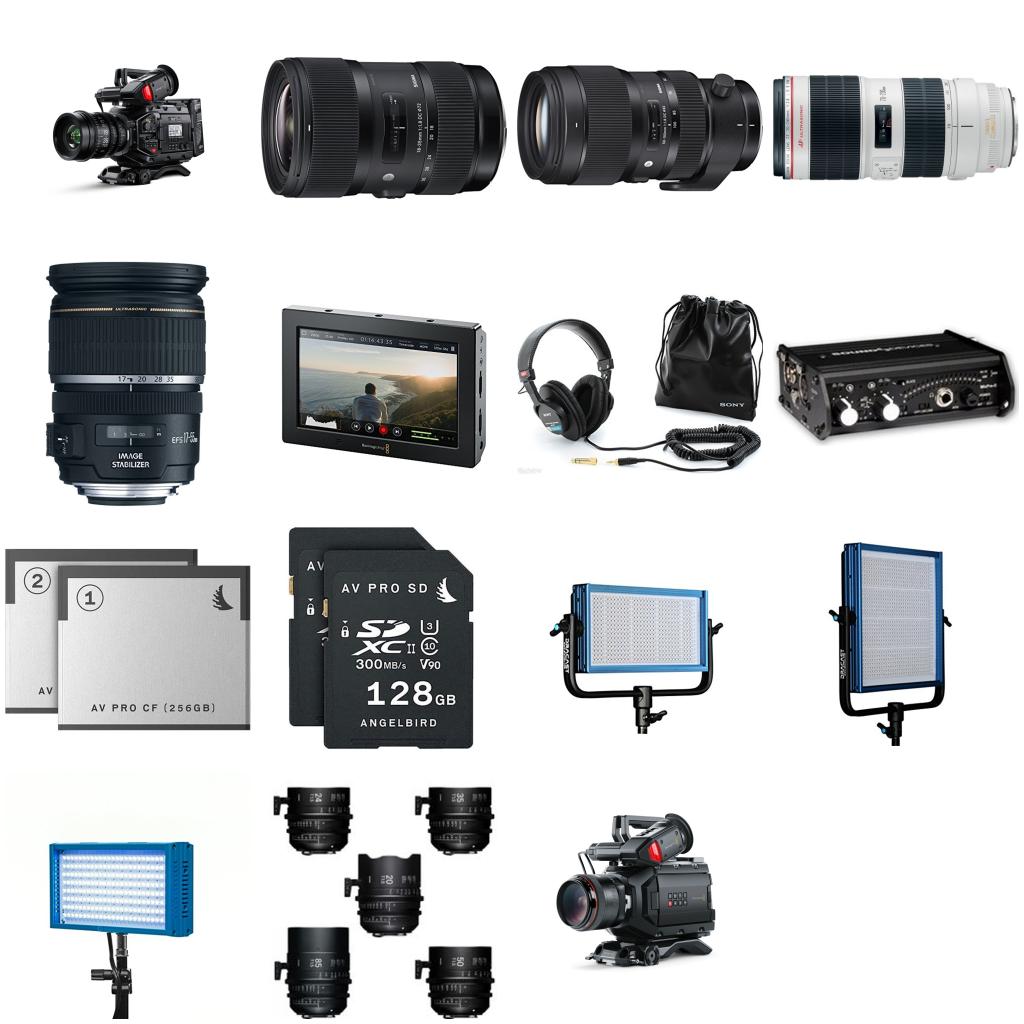Blog
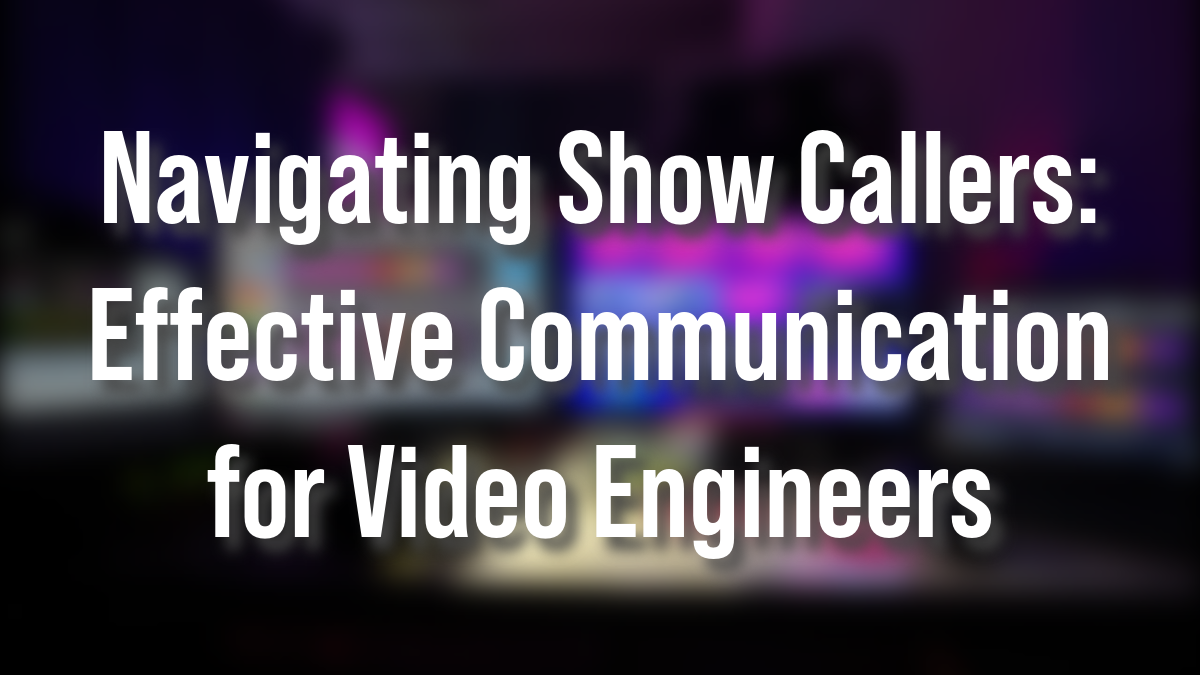
By george
•
19 Jul, 2023
Introduction: In the world of live events and productions, working with show callers can sometimes be a challenging task for video engineers. Show callers come from diverse backgrounds, such as theater, concerts, or other disciplines, resulting in variations in terminology and approaches. To ensure smooth operations and avoid confusion, it is crucial for video engineers to establish clear communication and understanding with show callers beforehand. This post provides valuable insights and tips for video engineers to enhance collaboration and efficiency when working with show callers. 1. Clear Labeling: To facilitate effective communication, it is essential to label the audio-visual backstage elements comprehensively. Multiview screens, cameras, media servers, and playout systems should be labeled using simple and universally understandable names. For example, labels like GFX 1, GFX 2, PB-A, PB-B, CAM 1, CAM 2, PB-C ( Mitti 1), and PB-D (Mitti 2)can help everyone easily identify and locate the required components. 2. Adapt to Present Language: Different AV systems employ various methods for managing presets, such as Barco E2 uses presets, and Blackmagic Design relies on macros. Show callers often use the term “preset” regardless of the underlying system. If you are working with an ATEM switcher that uses macros, be prepared to make the mental switch and understand that when the show caller asks for “preset 1,” they may be referring to “macro 1.” Familiarize yourself with the terminology preferred by the show caller, inform them ahead of time what system is being used to avoid any confusion or delays during live events. 3. Pre-Show Communication: To ensure a successful production, have detailed discussions and rehearsals with the show caller before the event. This pre-show communication helps align everyone’s expectations, clarify terminologies, and identify specific requirements or preferences. By proactively discussing the show’s flow, cues, and technical aspects, video engineers can anticipate the show caller’s needs and be better prepared to provide a smooth experience. Conclusion: Working with show callers as a video engineers can present unique challenges due to varying backgrounds and terminologies. Video engineers can foster better collaboration and deliver successful productions by establishing clear labeling, understanding the distinction between presets and macros, grasping cue-based workflows, and engaging in effective pre-show communication. Embracing these strategies will lead to smoother operations, enhanced teamwork, and a more enjoyable experience for both the show callers and the entire production team.
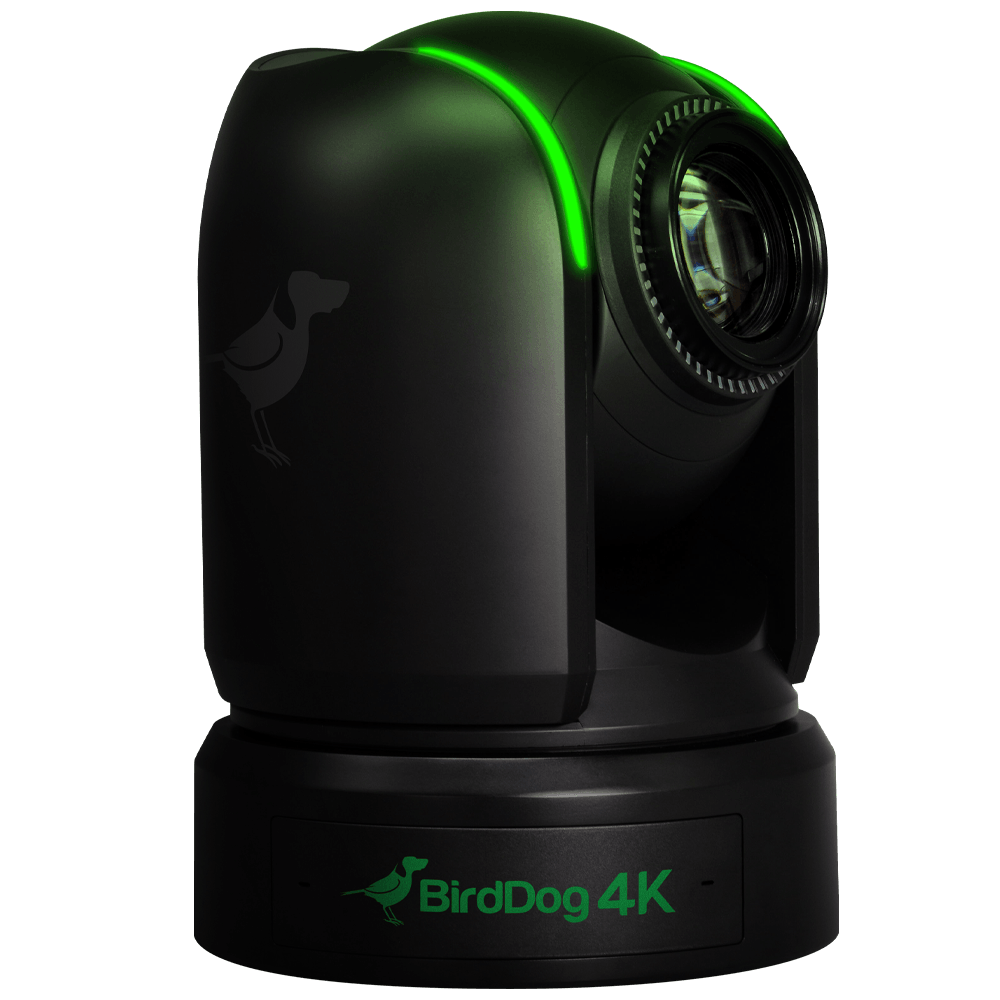
By Website Editor
•
15 Sep, 2019
Sony 1” Sensor. Size does matter. The best images come from the best sensors and the P4K is built exclusively around the best sensor in its category. The massive 1” Sony Exmor R CMOS backlit sensor delivers truly stunning pictures in all shoot modes and frame rates whether in HD or 4K. Full NDI. No compromises. In the world of NDI® there are two flavours, NDI® and NDI|HX. NDI® is a variable bit rate, I-Frame codec that is reaches around 140Mbits at 1080p60 and is visually lossless. NDI|HX is a compressed, long-GOP, H.264 variant that reaches around 12Mbits at 1080p60. P4K is a Full NDI® camera.
